Fundamentals of TTL Strobe Control by Pavel Kolpakov
About TTL - How did the term TTL camera come about?
In a general sense, the abbreviation TTL literally means “Through The Lens,” this is a generally accepted international term meaning a kind of built-in exposure meter that measures the brightness of the scene being shot directly through the camera lens—mainly used in DSLRs and mirrorless cameras to determine the correct exposure.
The main advantage of TTL metering is its high accuracy and automatic accounting of factors affecting exposure, including lens aperture, set aperture, lens field of view, focal length, lens attachments, etc.
A little about the history of the camera’s built-in TTL module: The principle of measuring exposure by light transmitted through a lens was first patented in 1935 by Zeiss Ikon for a Contaflex 860/24 dual-lens reflex camera. Thus, we consider this moment in time to be the official date of birth of the TTL exposure meter.
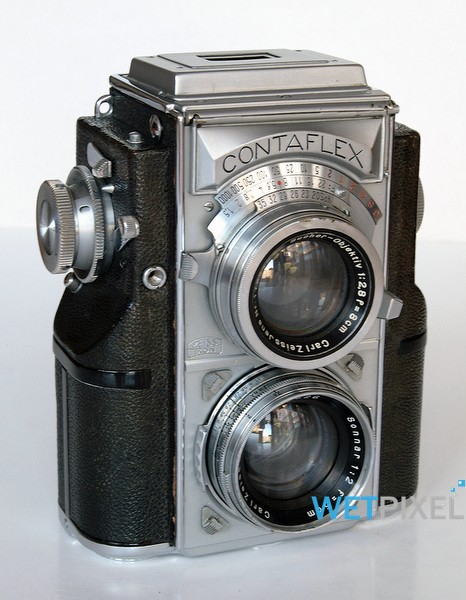
Further, in other countries, from 1942 to 1963, several more patents were registered for similar inventions, but single-lens reflex cameras. Again, selenium was used as a light-sensitive material.
However, widespread use of TTL objective exposure meters began much later, when more compact semiconductor photodiodes and photoresistors appeared. Finally, in 1963, the first mass-produced camera with a TTL exposure meter appeared. It was a Topcon RE-Super made by the Japanese company Tokyo Kagaku KK.
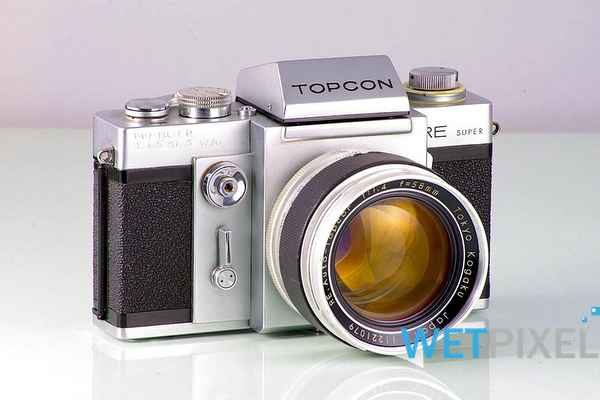
From 1964 onward, many companies around the world began producing DSLR cameras with TTL lens metering.
The TTL metering photocells were located in various places. Nevertheless, the most popular scheme was where the photoresistor was located on the eyepiece edge of the pentaprism (above the viewfinder). The advantage of this scheme is that the photocell practically does not reduce the luminous flux in the viewfinder system; the principal amount of light enters the viewfinder unhindered.
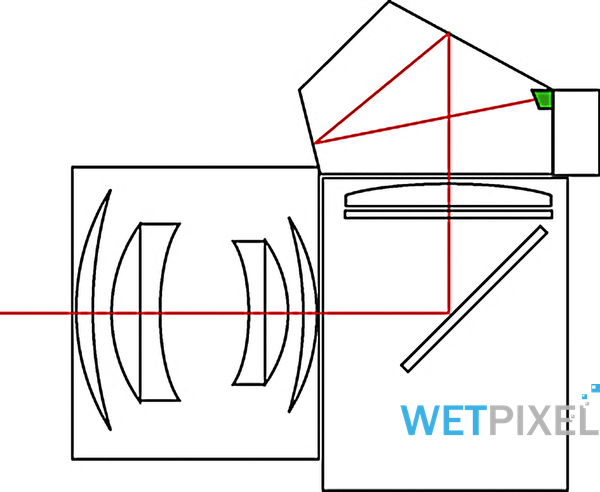
Does the TTL module for the flash measuring differ from the main TTL of the camera?
All of the exposure meters mentioned above measured TTL under constant ambient light. To calculate the illumination from a pulsed flash, a need arose for a separate TTL system. The flash must fire only when the mirror is raised (when the frame is already exposed) on the film/sensor. Therefore, at one time, the idea of assessing the light reflected directly from the film emulsion appeared. The camera took into account the specific photosensitivity of the film for calculations.
The most famous in history is the development of the TTL flash meter by Olympus in 1974. The new system was named “TTL OTF.” OTF stands for “Off-The-Film.” It meant measuring the light reflected from the surface of the photographic film. The sensor for TTL flash estimation was at the bottom, next to the autofocus module.
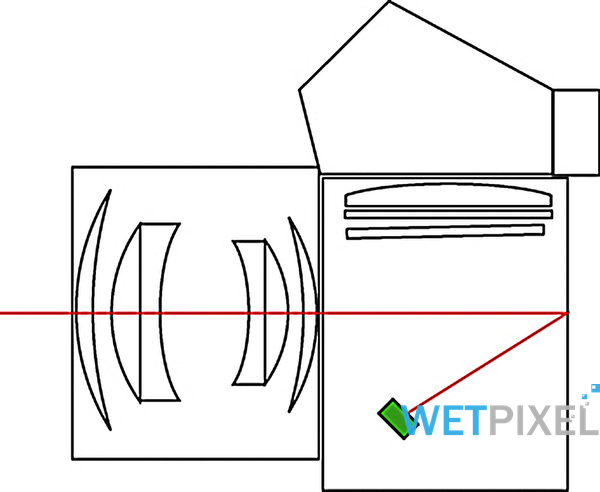
Film “TTL OTF” had many advantages but also disadvantages. In particular, different films had slightly different reflectivity, which introduced errors in the measurement. However, most films ended up with a difference of within half the aperture stop, which was considered quite acceptable. True, there were some films, for example, from Polaroid, with a black, almost non-reflective surface, which made such TTL metering almost impossible.
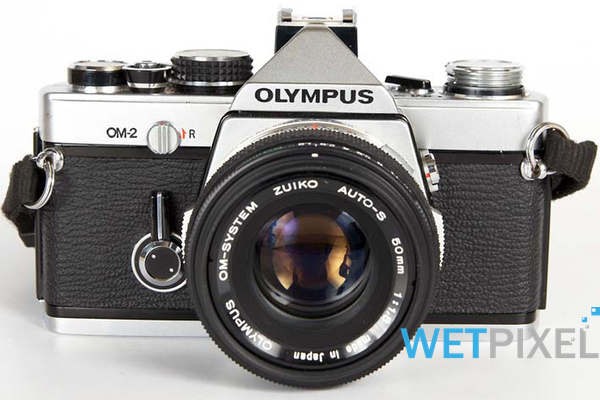
TTL flash with real-time film reflection metering was successfully applied with some modifications by many camera manufacturers and existed for many years until the beginning of the digital era.
- Underwater Flash Exposure Fundamentals
- TTL Development History
- Digital TTL Primer
- High Speed Synchronization